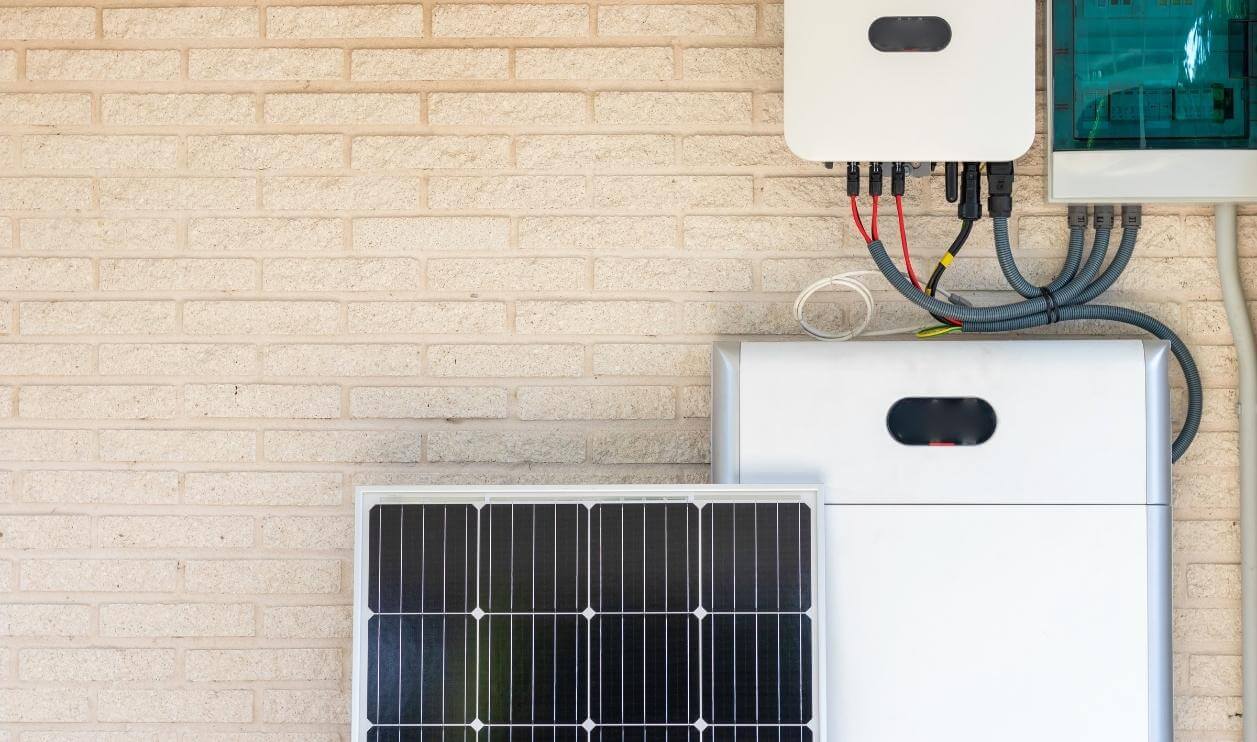
Alternative Energy
What is an Energy Storage System?
Energy storage systems, alternatively referred to as battery energy storage systems (BESSs), are a type of technology that facilitate energy storage. They are primarily used to store energy generated from renewables, though they can also be used to store energy generated from fossil fuels and nuclear plants.
While there are many variations of BESSs, most modern systems feature lithium-ion batteries, which are also used in electric cars, mobile phones, and countless other rechargeable devices.
Essential Components
Battery energy storage systems contain other essential components, including:
- A bidirectional inverter
- Circuit breakers
- Isolation transformers
- Control systems
- Cooling systems
Harnessing the Power of Renewables with Energy Storage Systems
Renewable energy solutions, such as solar panels, wind turbines, and hydroelectric facilities, offer a viable alternative to fossil fuels. Cumulatively, these resources can generate a tremendous amount of power and satiate humanity’s demand for electricity; however, some renewable energy sources, such as solar and wind power, are not readily available 24 hours a day.
How Does an Energy Storage System Work?
Energy storage systems must be connected to the energy grid or network, as well as the power-generating devices. Let’s use residential solar panels as a simple example.
In a residential application, the homeowner’s energy storage system would be connected to their home’s electrical system and wired directly to their solar panels.
Benefits of Storing Generated Energy
Storing generated energy with a BESS allows homeowners and businesses to reduce utility expenses. Businesses that have invested in energy storage and solar technologies can also power their facilities during brief power outages.
Applications for Energy Storage Systems
Energy storage systems can be used for various applications when combined with electricity generation technology. At the most basic levels, BESSs can power private residences, as well as small equipment such as lights.

